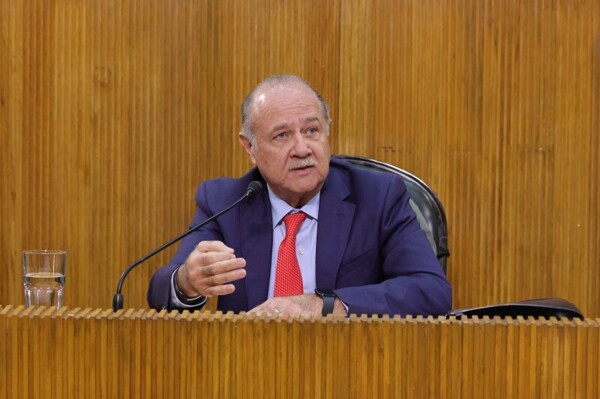
In September, overall inflation moderated to 4.58 percent year-on-year (y/y), slowing for the second consecutive month, following significant spikes in the first half of 2024. For inflation in this sector to fall below 5.0 percent annually, something that has not occurred in the last 2 years, future reductions will depend more on a decrease in service inflation than on commodities, as pointed out by the Board of Governors.
While these readings indicate a significant moderation of prices compared to July (5.57 percent y/y), uncertainty persists in the inflation trend, generating divided opinions on the speed and magnitude of adjustments to the reference rate by Banxico. Market participants in favor of easing monetary policy focus on core inflation, arguing that the economic slowdown could exert downward pressure on prices.
In contrast, those advocating caution in interest rate cuts express concerns about the uncertain trajectory of non-core inflation due to volatility in fruits and vegetables, pressures in energy costs, and high service prices. The Board of Governors has supported recent cuts with the expectation that overall inflation will decrease as shocks in the non-core component dissipate, while core inflation will continue to decline.
One of the deputy governors of Banxico stated that the August cut was "appropriate, timely, and efficient," considering that a slower-than-expected economy would negatively impact price formation. The trajectory of core inflation faces challenges in maintaining the downward trend of recent months, but some analysts suggest that weak economic activity could facilitate this reduction.
Additionally, recent volatility in the peso-dollar exchange rate represents an additional risk, as the strength of the peso between August 2022 and May 2024 contributed to reducing commodity inflation. The challenge lies in the fact that, despite average GDP growth in the last three quarters, prices in areas such as services have barely decreased. There is also the risk of spillovers from non-core inflation to core inflation, especially due to rising food prices.
During 2024, GDP has grown at an average annual rate of 1.4 percent, reflecting weak economic activity compared to 2023. Overall inflation has declined after accumulating 20 months of consecutive decreases, with core inflation at 3.91 percent and non-core at 6.50 percent. This inertia could persist into 2025, influenced by factors such as nearshoring and the electoral environment in the United States. Despite the reduction in core inflation, some members of the Board of Governors anticipate that commodity prices are unlikely to continue decreasing, as they are already at historically low levels. Banxico adjusted its GDP growth forecast considering a possible slowdown in the U.S. economy, although it continues to show positive dynamism.














